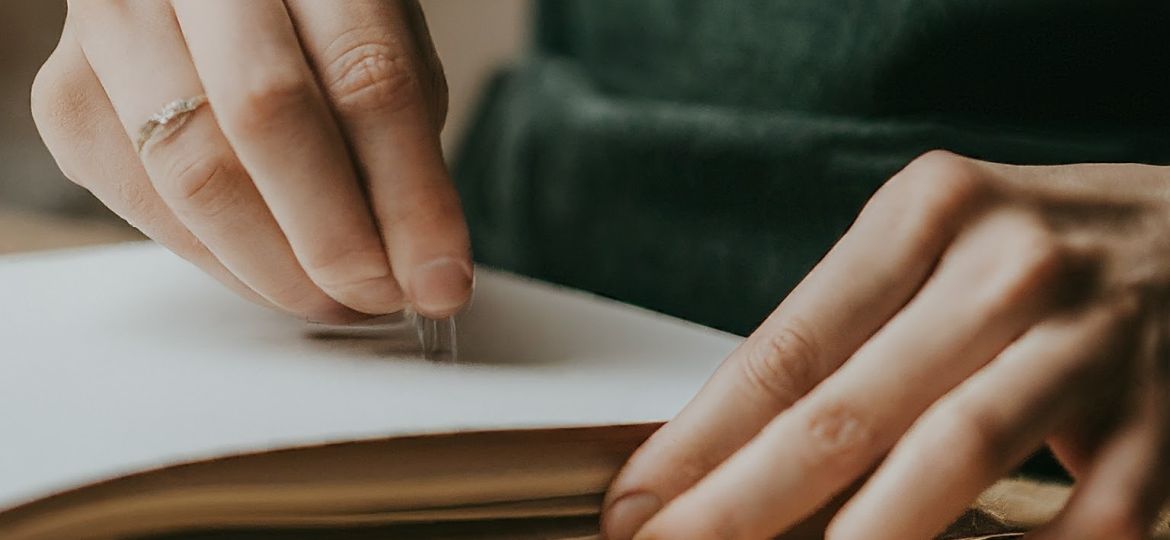
Bookbinding is an essential aspect of the publishing process that can significantly impact the look, feel, and durability of your self-published book.
It’s more than just a method of keeping pages together; it’s an art that enhances the reader’s experience and adds a professional touch to your work.
This comprehensive guide will take you through the various aspects of bookbinding, helping you understand how it can elevate your self-published book.
What is Bookbinding?
Bookbinding is the process of assembling the pages of a book, securing them together, and attaching them to a cover. This process not only ensures the physical integrity of the book but also affects its aesthetic appeal and usability.

It is also used to create specialty items such as journals, notebooks, and sketchbooks. It is also used to create limited-edition copies of books or special editions of books. The methods for bookbinding range from simple stapling to complex hand-binding techniques.
Bookbinding is essential for any self-published book, as it helps to create an aesthetically pleasing, durable, and high-quality product. Similarly, it is important to find a method that works best for your project and budget.
Many different methods of bookbinding can be used to create unique and beautiful books. Professional bookbinders can help you create the perfect book for your needs.
Benefits of Professional Bookbinding
- Professional Appearance
- A well-bound book looks polished and professional, making a strong impression on readers and potential buyers.
- Durability
- Quality binding ensures that the book can withstand frequent handling and use, preserving its condition over time.
- Enhanced Reader Experience
- Properly bound books open and lay flat more easily, providing a better reading experience.
- Customization Options
- Professional bookbinding offers a range of customization options, from cover materials to binding styles, allowing authors to create a unique product.
Types of Bookbinding
- Perfect Binding
- This method uses glue to bind the pages to a flexible spine. It’s commonly used for paperback books and offers a clean, professional look.
- Saddle Stitching
- This technique involves folding sheets of paper and stapling them along the spine. It’s ideal for shorter books, booklets, and magazines.
- Case Binding (Hardcover)
- Case binding involves sewing the pages together and attaching them to a rigid cover. It’s the most durable option, often used for high-quality, long-lasting books.
- Spiral Binding
- Pages are punched with holes and held together by a plastic or metal spiral. This method allows the book to lay flat when open, making it suitable for manuals and workbooks.
- Wire-O Binding
- Similar to spiral binding, but with double loops of wire providing extra durability. It’s often used for calendars and planners.
The Bookbinding Process
- Planning and Design
- The process begins with planning the book’s layout, including page size, margins, and the number of pages. Consider the type of binding that best suits your book’s purpose and aesthetic.
- Printing the Pages
- Once the layout is finalized, the pages are printed. High-quality paper should be chosen to complement the binding method and ensure longevity.
- Collating the Pages
- Printed pages are collated in the correct order. This step is crucial to ensure that the final product is accurate and readable.
- Binding the Pages
- Depending on the chosen method, pages are either glued, sewn, or stapled together. This step secures the pages and forms the book block.
- Preparing the Cover
- The cover is prepared according to the book’s specifications. This can involve printing a paper cover for paperbacks, or crafting a rigid cover for hardcovers.
- Attaching the Cover
- The book block is attached to the cover. In case binding, endpapers are often used to join the book block to the cover, providing additional strength and a finished look.
- Trimming and Finishing
- The edges of the book are trimmed to ensure a neat and uniform appearance. Additional finishing touches, such as embossing or foil stamping, can be added to enhance the cover’s appeal.
Choosing the Right Binding Method
When selecting a binding method for your self-published book, consider the following factors:
- Purpose of the Book
- For novels and memoirs, perfect binding or case binding may be appropriate. For instructional manuals, spiral or wire-o binding could be more practical.
- Length of the Book
- Shorter books are well-suited to saddle stitching, while longer works benefit from perfect or case binding for added durability.
- Budget
- Some binding methods, like case binding, are more expensive due to the materials and labor involved. Consider your budget when choosing the binding type.
- Aesthetic Preference
- The look and feel of the binding should match your vision for the book. Case binding offers a premium feel, while perfect binding provides a sleek, professional appearance.
Customization Options

- Cover Materials
- Choose from a variety of cover materials, including paper, cloth, leather, or synthetic options, to match the book’s theme and purpose.
- Cover Design
- Embossing, debossing, foil stamping, and printing can all be used to create an eye-catching cover that stands out on the shelf.
- Endpapers
- Custom endpapers can add a touch of luxury and personalization to case-bound books.
- Dust Jackets
- Adding a dust jacket can protect the book and offer additional space for design elements and information.
- Special Binding Techniques
- Consider unique binding techniques, such as Japanese stab binding or Coptic binding, for a distinctive look.
Conclusion
Bookbinding is a crucial element of the self-publishing process that significantly impacts the final product’s quality, durability, and appeal. By understanding the various binding methods and their benefits, you can choose the best option to elevate your self-published work.
Whether you opt for the durability of case binding or the sleek look of perfect binding, professional bookbinding services can help you create a book that not only stands out but also withstands the test of time.
Investing in quality bookbinding enhances your book’s presentation, making it more attractive to readers and more competitive in the market.
With the right binding method and customization options, your self-published book can achieve a professional, polished look that reflects the hard work and creativity you’ve put into your writing.


